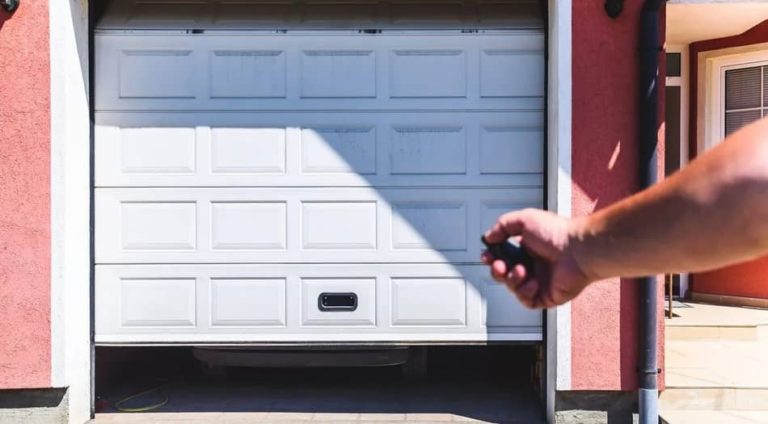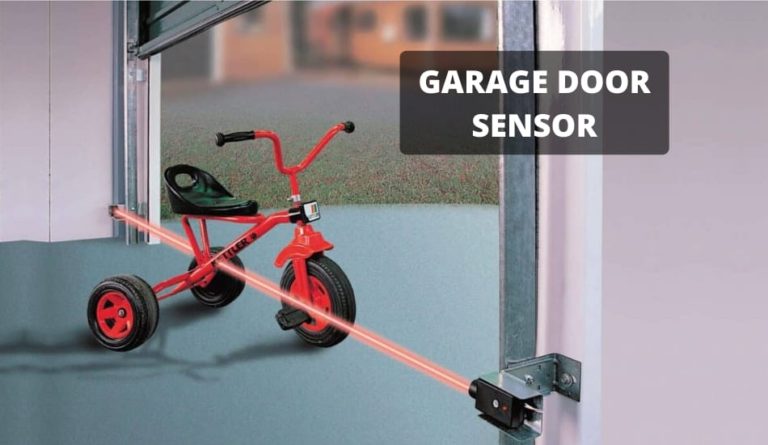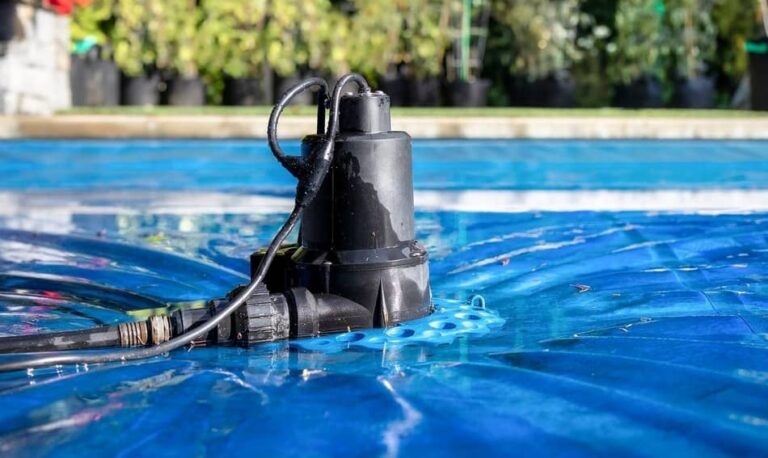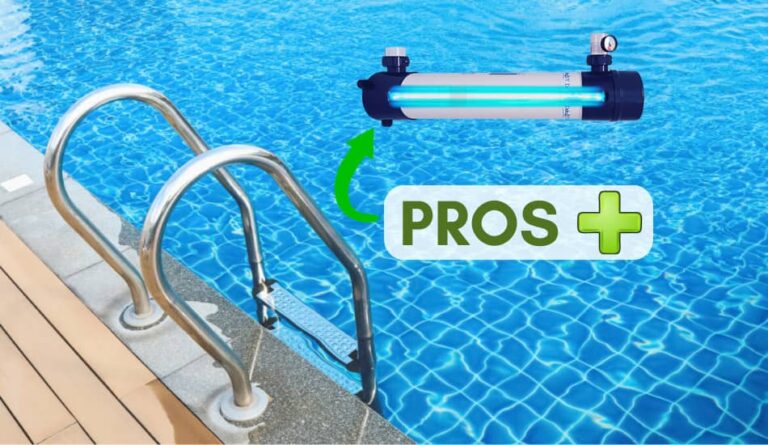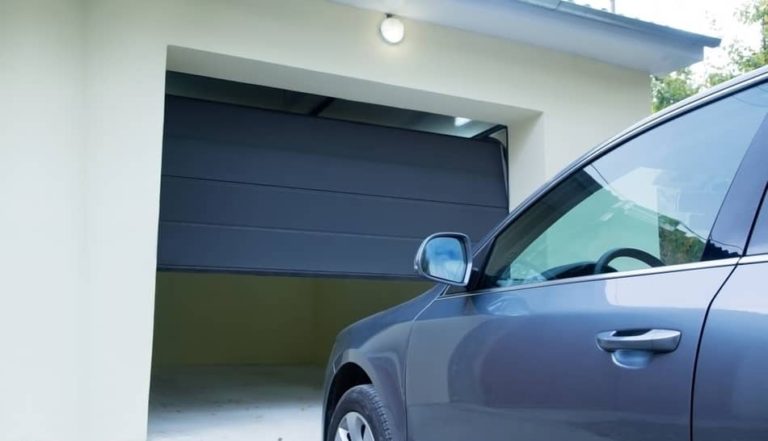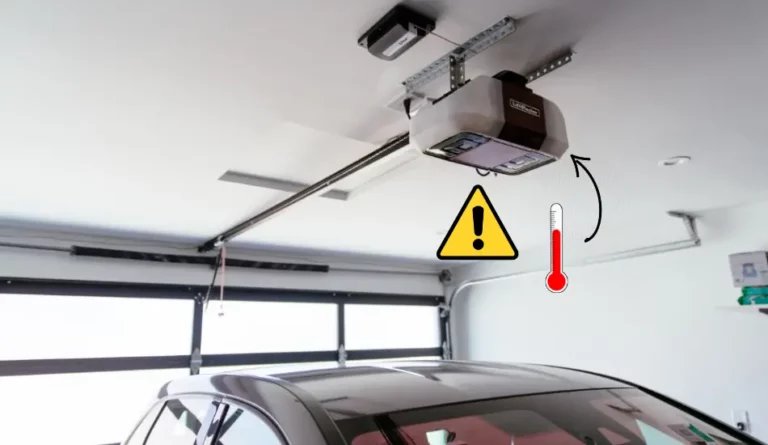What Size PVC Pipe For An Above-Ground Pool? Explained
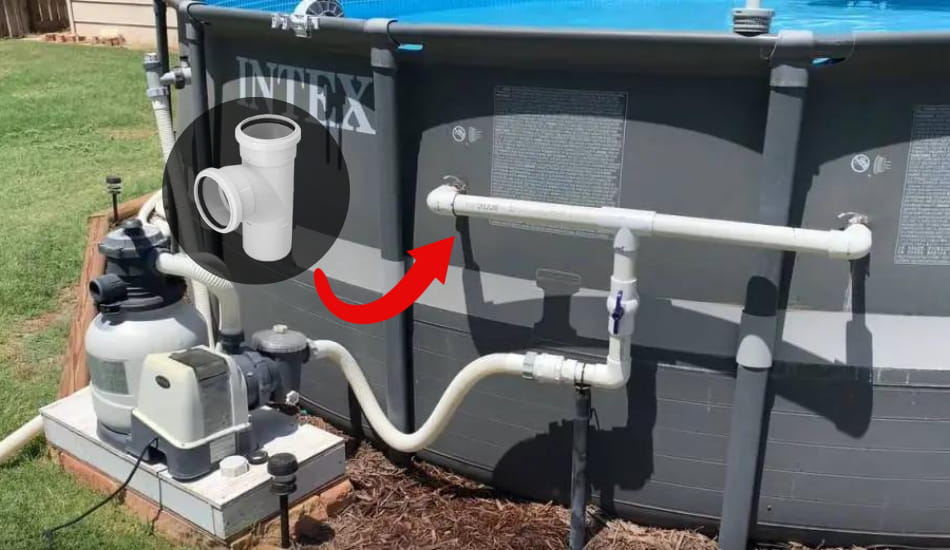
Above-ground pools are a popular choice for families who like to enjoy water activities in their own yards. They come in a variety of different shapes and sizes. A key component of these pools is the PVC piping, which is responsible for transporting water in and out of the pool.
Because of that, it is very important to choose the appropriate PVC pipe size for your above-ground pool to function normally. In this article, we’ll talk about how to choose the best PVC pipe type and size that matches your pool. Let’s get started!
What Size PVC Pipe For An Above-Ground Pool? For an above-ground pool, the recommended PVC pipe size is 2 inches in diameter. These pipes can handle pressures up to 166 PSI. When replacing old pipes with new ones, always choose flexible PVC pipes of Schedule 40. Ensuring the correct size and type maintains the pool’s efficiency and longevity.
PVC pipes play a big role in how water moves in and out of the above-ground pool. That’s why PVC pipes must match up just right with the pool’s valves. Also, if you ever need to replace an old pipe with a new one, you’ll need a unique piece called an adapter.
The table below shows different PVC pipe sizes and how much pressure they can handle.
| PVC Pipe Size (Diameter) | Diameter (cm) | Pressure Handling (PSI) |
|---|---|---|
1” | 2.54 cm | 120 PSI |
1.5” | 3.81 cm | 140 PSI |
2” | 5.08 cm | 166 PSI |
2.5” | 6.35 cm | 185 PSI |
3” | 7.62 cm | 200 PSI |
In the next section, we will go through this topic in more detail so that you can see what is important when choosing the appropriate PVC pipes.
Table of Contents
Types of PVC Pipes For Above-Ground Pool
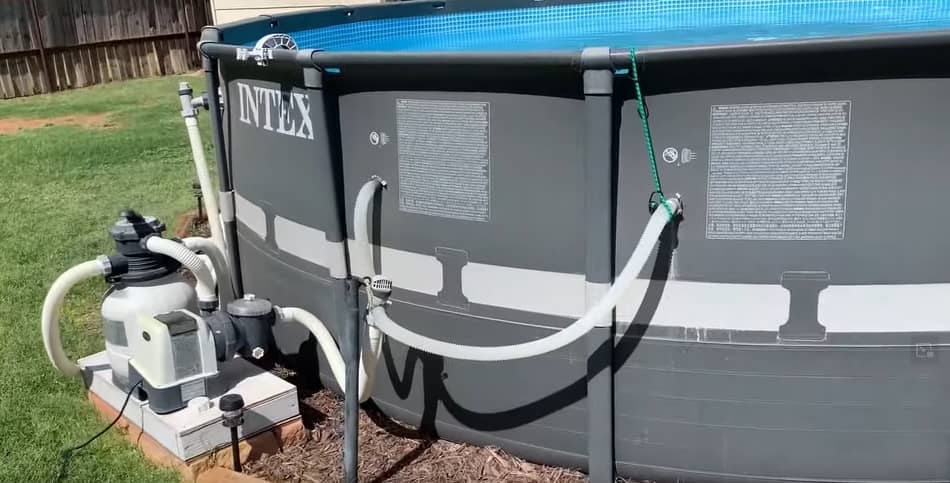
There are two main types of PVC pipes. After you decide to replace your old PVC pipes with new ones, the first thing to do is figure out which kind of pipe you want. With so many options, picking the one that’s just right for your pool’s plumbing system can be tricky. Let’s look at the two main kinds of PVC pipes you’ll most likely come across:
1. Rigid PVC Pipe
This kind of PVC pipe is meant for pool plumbing that follows at least a Schedule of 40. With a width of 2 inches, it can handle pressure up to 166 PSI. PSI stands for Pound per square inch. These stiff PVC pipes are popular because they tend to last a long time.
2. Flexible PVC Pipe
A lot of new swimming pools prefer flexible PVC pipes. It’s as wide as the stiff one (that’s Schedule 40). A big plus of this kind of pipe is the ease of installation. But, a downside is it might be a bit more expensive. For pools above the ground, you’ll find more of these flexible PVC pipes than the rigid ones.
Which PVC Pipe Does Your Pool Need?
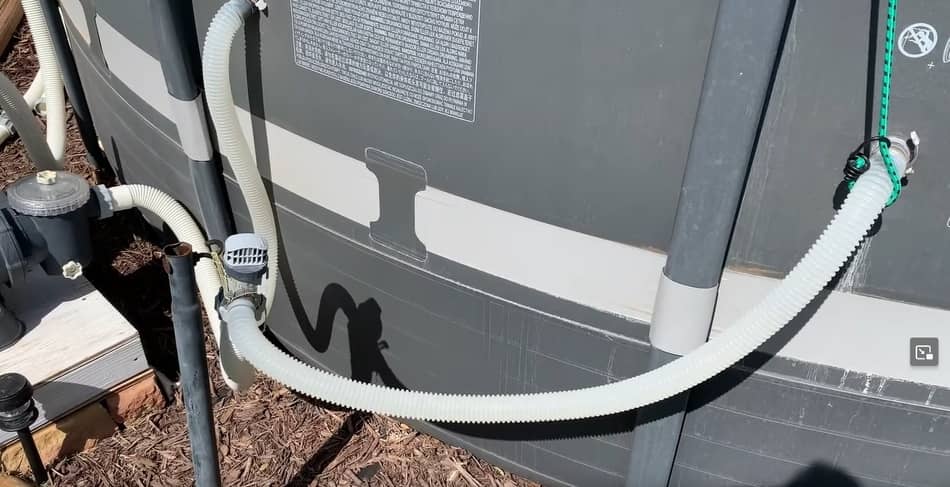
There are mainly two types of PVC pipes: schedule 40 and 80. The Schedule 80 PVC pipe has much thicker walls than the Schedule 40 one. But if we talk about above-ground pools, there’s usually no need for the thicker schedule 80 pipes.
Let’s say you pick a PVC pipe that’s schedule 40 and has a width of 2 inches. This one can work smoothly at 166 PSI. With those numbers in mind, you can see there’s a big safety buffer. Getting a schedule 80 pipe for your pool will cost you more without giving you a real benefit.
To better understand this, there’s a great YouTube video that explains how to pick just the right PVC pipe for your pool above the ground:
Related Article: Can Pool Pumps Get Wet? Expert Explain
Why Choose Flexible PVC Pipes For Above-Ground Pool
Thinking about getting flexible PVC pipes for your pool? There are some pretty good reasons why these pipes are a great choice for many above-ground pools. Here’s what makes them stand out:
- Simple Installation: One of the biggest advantages of these pipes is how easy they are to install. With rigid PVC pipes, you must have the exact measurements to set them up. But with flexible pipes, you have a lot more space to adjust them into the right place.
- Better Resistance: Flexible PVC pipes can take a hit! They’re good at resisting bumps and knocks, unlike the rigid ones, which are much more sensitive to impacts.
- Less Vibrations: When using rigid PVC pipes, they feel more pressure when using the pool. This can mean more shaking and stress on the pipes, which might cause them to crack. For that reason, flexible pipes don’t face these challenges.
All in all, flexible PVC pipes are a much better choice than rigid ones. One more thing in their favor? They require less maintenance. Their only disadvantage is that they might cost a little bit more than the flexible pipes.
How To Pick The Right PVC Pipe Size?
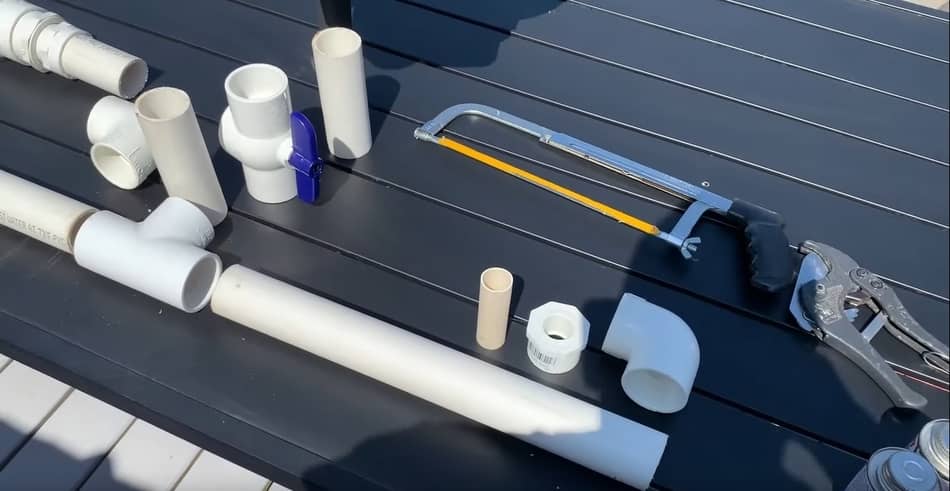
Getting the right PVC pipe size is super important when setting up an above-ground pool. Now, you might think getting a bigger pipe would help your pool work better, but that’s not really the case. Why? Well, your pool has a filtering system that can only push water through at a certain speed. Just getting a bigger pipe won’t make the water flow any faster.
Usually, PVC pipes that are 2 inches wide are the best option when you’re thinking of replacing the old ones. The filter and pump in most above-ground pools can move up to 50 gallons of water in a minute.
So, using a PVC pipe wider than 2 inches doesn’t really help. The water won’t flow any faster unless you get a bigger pump. But, getting a new pump often isn’t a good idea since they can be pretty pricey.
How To Get The Right PVC Pipe Connections?
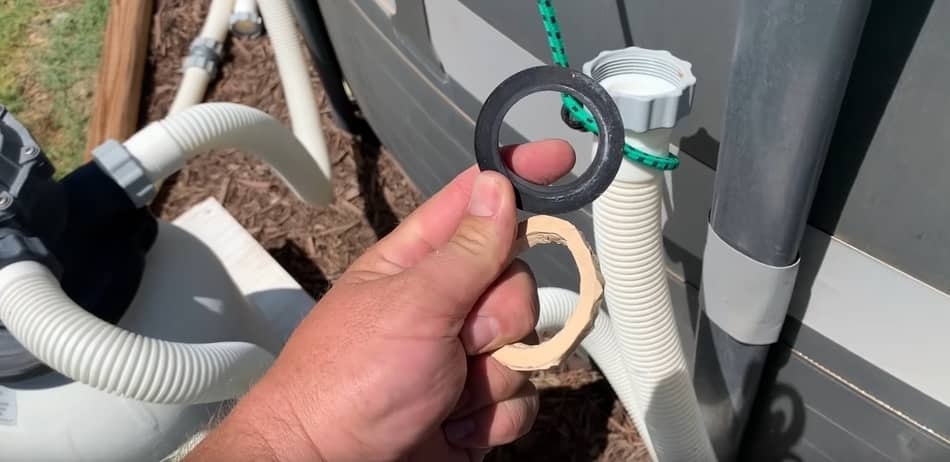
Once you pick the right PVC pipe for your above-ground pool, the next step is hooking it up to your pump and pool. Nowadays, many manufacturers use flexible pipes, and they often choose the right connections for these pipes in the box.
But sometimes, finding connections that fit just right is tricky. Why? Because a lot of these connections don’t line up with the fittings and pumps that come with above-ground pools. The best thing you can do is to call your pool’s manufacturer and ask which connections work best for your pool model.
Does PVC Pipe Need Paint Protection?
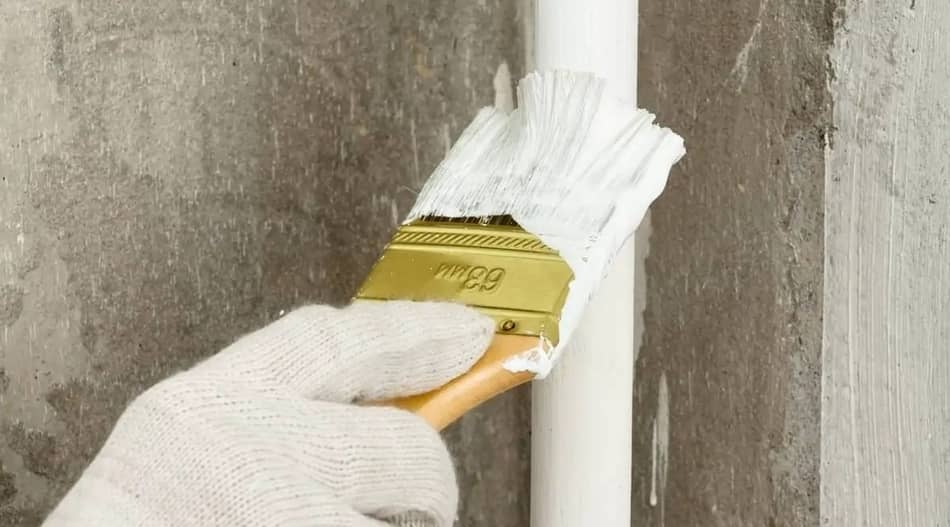
Usually, PVC pipes don’t need paint protection. PVC pipes are strong and can handle UV light without harmful long-term consequences, such as losing their sturdiness. Even if they are exposed to the sun, while they might look a bit different, they will still retain their original properties and strength.
Think of it this way: if a white PVC pipe starts to look a bit brownish after a while, it’s nothing to worry about. But remember, over a long time, any pipe can get fragile. So, it’s a good idea to check on them now and then to ensure they’re in good shape.
Related Article: How Much Bleach To Shock A Pool? Make Swimming Safe
FAQ: People Also Ask
What size PVC should I use for my pool?
For pools, the rigid type of PVC pipe is what you should go for. Typically, you’d want at least a Schedule 40, which is the usual choice for pool pipes. A pipe that’s 2 inches wide can handle pressures up to 166 PSI.
What is the best pipe for an above-ground pool?
PVC pipes are the best choice for an above-ground pool. Specifically, the flexible PVC type is often picked for swimming pools and many other plumbing tasks. The pipe’s wall thickness is termed its “schedule”. For PVC pipes, you’ll mostly find them in either Schedule 40 or Schedule 80.
Final Thoughts
Having an above-ground pool in your big backyard can be a great investment. Taking care of it isn’t too hard, but you might need to replace parts like the PVC pipes as time passes. Therefore, it’s very important to pick the right size of pipe. For these pools, we suggest using flexible PVC pipes. Typically, these pools use pipes that are 2 inches wide and can manage pressures up to 166 PSI. I trust this article has been helpful. If you have more questions, don’t hesitate to comment below.


